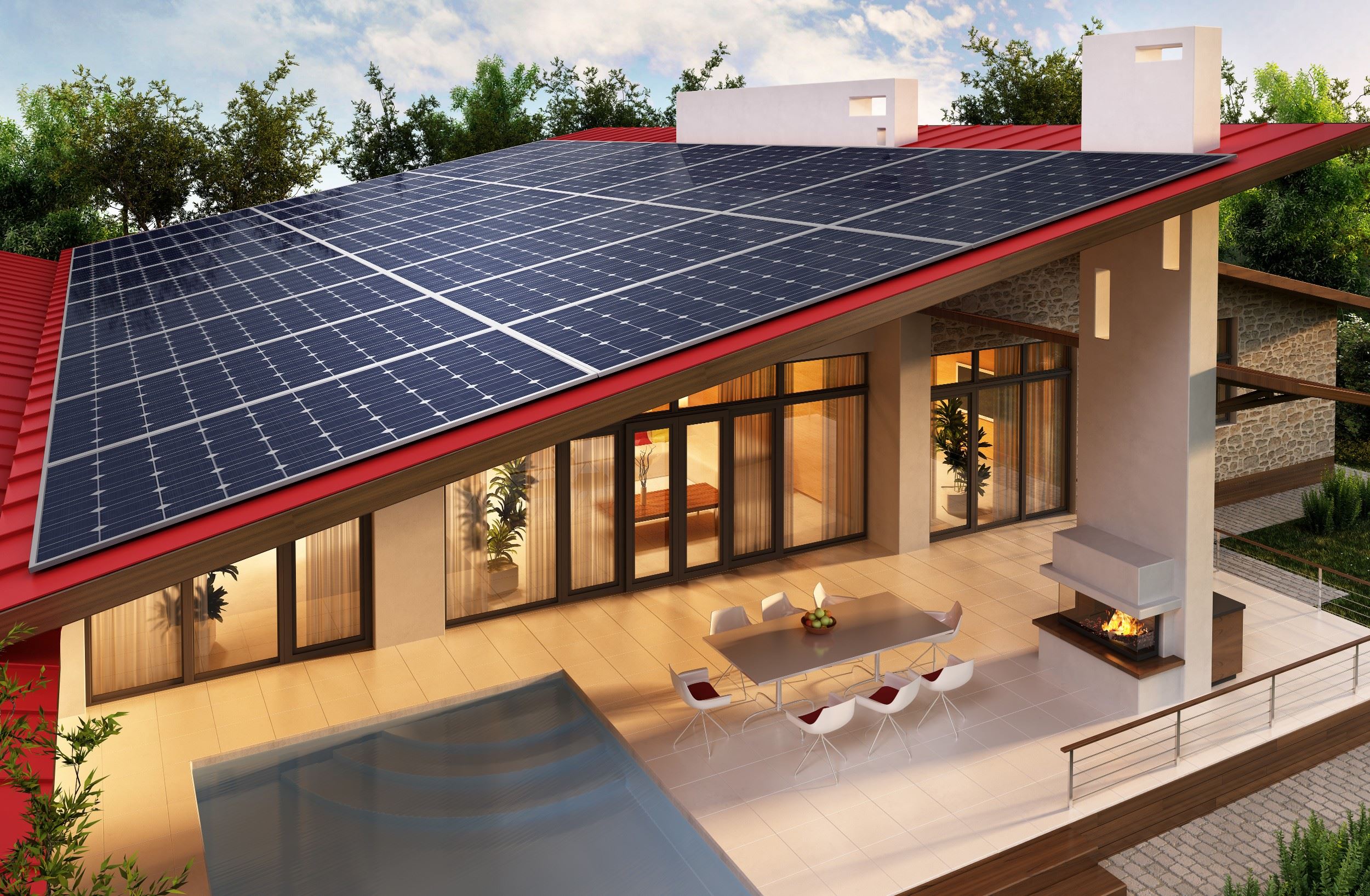Australia is the prime destination for homeowners to be running on solar energy
Which means saying goodbye to the forever rising costs of power bills. But despite our abundance of sunny days, generous Government Rebates and accessibility to solar providers, many Australian homeowners are yet to take the leap and switch to solar, but why?
Depending on your situation, the reason of not switching to solar will differ, however for some (and most) the reasoning is due to some miscommunications and misinterpretations of solar.
So, let’s see if we can clear the confusion and overcome your switching to solar obstacle!
Reasons you haven’t switched and why it shouldn’t stop you!

1) Thinking solar is expensive
- Due to the initial cost of installing a solar system, people assume switching to solar is too expensive.
- This installation is a one-off cost and should be viewed as an investment, that will save money long term.
- Depending on the size of system you require, which will be based on your energy needs, the prices will vary.
- Most home owners would be looking at 6 Kw sized system, with costs ranging from $5,000 – $10,000*.
- These prices include the *Government Rebate, which we will touch on later.
Once a system is installed the power bill costs will reduce from the very next bill. You should expect to see enough savings and return on investment (ROI) within 3-5 years.
From there you are reaping in savings with solar systems requiring little maintenance and costs once installed. Life expectancy for the typical system is up to 25 years, with most systems coming with a 25-year warranty.
If the upfront cost isn’t something you are able to afford, there are financing options available, although this may lengthen your ROI time.
2) Holding out for the next big thing in renewable energy
Whilst technology is consistently advancing, some homeowners are worried about investing in a solar system, only to have the next big, cost saving technology to be released shortly after.
While it’s inevitable that technology is going to advance, the current solar systems on the market are extremely efficient and provide substantial amounts of energy to many households.
The next expected trend to boom in renewable energy is the popularity of adding batteries to solar systems. Batteries allow people to store their excess energy, as opposed to selling back to the grid. However you are able to upgrade your solar system later to include a battery if you wish.
Just be sure to ask your provider to install a system that is compatible to upgrade to a battery if you should want to in the future.
3) Not understanding the Government Rebate

You’re not alone! The phrase Government Rebate can mean very little to most people without an explanation of what that means.
So, what is it? And how does it work?
The most simply explanation is that the Government subsidises some of the cost of your Solar System.
Dependent on the size of your system and location, prices can vary. View Current Government Rebates Here!
However, there are some things you should know…
Most, if not all solar installers include this reduced cost in their advertising.
So, if you see a system advertised as $6,000* you won’t then take a further $4,000 off that pricing.
Why even mention this Government Rebate if it’s included in advertised pricing? Well $6000* sure looks more attainable and appealing to potential buyers than $10,000 minus the Government Rebate, doesn’t it?
But the main reasoning, is that the Government Rebate isn’t going to last forever!
That’s right, it may get reduce or be eliminated . This means for people looking to switch to solar, that prices could shoot up, should they take away the Government Rebate in the near future.
Which is why you should switch, while rebates are still generous!
4) Placing all the value on Feed in Tariffs & not understanding your electricity bill
Feed in Tariffs? Let’s call it what it is, the payment you receive, from the excess power generated, by your solar system that you don’t use. This excess power gets sold back to the grid and appears on your bill as a credit.
In the early days of solar energy, Feed in Tariff rates were much higher, meaning people were not only saving on their power bills, but were making quite a substantial amount of $ on their excess power.
Just because this is no longer the case, does not mean solar is longer worth it. In fact, solar systems cost less now to install then they have in the past, so reliance on making some side money on your excess power is less of a priority.
Feed in Tariff returns should be viewed as a bonus to your savings.
It’s important to note that your power bill also doesn’t display the amount of the money you’ve saved by using your solar system.
It will show you the excess power and Feed in Tariff return only. So how do you figure out how much you’ve saved?
Here’s a simple formula you can use, along with your power bill to figure out your savings (or potential savings if you’re looking to switch!)
Units of Energy Generated** – Units Exported*** = Units Consumed****
Units Consumed X Cents***** = Hidden Savings/ What you’re saving from using solar!
- ** Units of energy generated by solar system
- *** Units exported and not used that you sell back to the grid
- **** Units of energy your home has used
- ***** The rate you would be charged per unit of electricity, if you weren’t using solar. Please note; rates will vary.
How are you feeling about switching to solar now? Not yet convinced?

These are just some of the benefits you can look forward to as a solar home owner!
- Adds 5% $ value to your property
- Solar is the best way to reduce your power bills- how does $0 power bills sound to you?
- Systems pay for themselves in approximately 3-5 years, cutting down on your bills
- Solar systems & installation prices start from $3,000 and finance options are available
- Generous Government rebates are still available and worth between $2,000-$5,000!
- Properties with solar systems sell 20% faster than the remainder of properties on the market
- Environmental Impact- sleep easy knowing your home doesn’t release harmful emissions
Check out our Solar Savings Calculator to see what you could be saving!
Ready to start your solar energy journey?
Receive 3 complimentary, obligation FREE quotes from Solar Market. So, what are you waiting for?
Sources:
Solar Industry Mag | The Guardian









